Words by Gregory Norminton
For years, I have wanted to write a book about ‘deep England’ in the manner of Adam Thorpe’s Ulverton: a narrative that charts the many places that one place becomes over generations. It was only by living far away – in Edinburgh, and later Manchester and Sheffield – that I realised where my subject awaited me: in the unsung landscape of my Surrey childhood.
 I grew up on the edge of Bagshot Heath. It is not a part of the country that features in travel guides; nor has it inspired much fiction. The desolate wastes, haunted in the days of the stagecoach by highwaymen with nicknames like the Golden Farmer, are almost gone. This is commuter belt, crammed with housing and roads and out-of-town shopping centres. Yet vestiges remain of the Neolithic landscape that Daniel Defoe, on his tour of the British Isles in the early eighteenth century, called ‘the great black desart’. Heathland survives thanks to local conservationists and the British Army’s need of training grounds that have stood in, over the decades, for the Eurasian plain and the Afghan badlands. The rest of Bagshot Heath is pine plantation and patches of broadleaf woodland.
I grew up on the edge of Bagshot Heath. It is not a part of the country that features in travel guides; nor has it inspired much fiction. The desolate wastes, haunted in the days of the stagecoach by highwaymen with nicknames like the Golden Farmer, are almost gone. This is commuter belt, crammed with housing and roads and out-of-town shopping centres. Yet vestiges remain of the Neolithic landscape that Daniel Defoe, on his tour of the British Isles in the early eighteenth century, called ‘the great black desart’. Heathland survives thanks to local conservationists and the British Army’s need of training grounds that have stood in, over the decades, for the Eurasian plain and the Afghan badlands. The rest of Bagshot Heath is pine plantation and patches of broadleaf woodland.
As child, exploring the area with my parents and sisters, I had a sense of the land as a sentient entity, charged with some kind of memory. The heath seemed to me primordial and primitive, an antidote to the comfortable leafiness of the rest of Surrey. Little wonder, perhaps, that most of our heaths are lost. They do not flatter or reward us with easy emotion. It was to honour my home landscape and to mourn its future (for climate change will not be kind to combustible heather and gorse) that I began work on The Devil’s Highway.
One of my ways into the book came to me – as it comes to my characters – by chance. While exploring the heath, I found a flint that human hands have tampered with: not quite a sculpted effigy, but with parallel lines scored into it and a distinct pecking pattern suggestive of decoration. Most flinty soils turn up artefacts from our distant ancestors, including Mesolithic and Neolithic arrowheads and cutting implements. What if, I thought, I pass the stone, this durable object carved by mortal hands, from one character to another across the millennia? Was there a better way of suggesting the continuity of human beliefs and need down the ages? I lent the stone to my protagonists, even as I kept it, a creative talisman, beside me as I wrote.
The Devil’s Highway is in three intersecting parts, spanning three thousand years, with topographical continuity provided by the eponymous Roman road and an Iron Age hill fort known as Caesar’s Camp. Each of the narratives echoes the other two, with certain objects, follies and tragedies recurring. The first section, ‘Blueface’, takes place in ancient Britain as the Roman occupier is consolidating his rule; the second, ‘No Man’s Land’, takes place in 2011; the third section, ‘The Heave’, is set centuries in the future, with civilisation regressed to barbarism.
Climate breakdown – and its correlative, societal breakdown – are the spectres that haunt the novel. They are the enormity that I have been struggling for years to encompass in my fiction. Hollywood, when it touches on the issue, sees it as an excuse for CGI mayhem. The reality is already (and will be with ever greater amplitude) otherwise: the gradual erosion of quality of life, of solidarity with other nations and peoples. If there is a glimmer of hope, in The Devil’s Highway and the world, it is that love, in the words of the late Leonard Cohen, is ‘the only engine of survival’.
The Devil’s Highway is out now.
‘Brilliant. The best treatment of climate change in fiction I’ve come across. A powerful, essential novel’ George Monbiot
‘A fierce, immersive vision of a novel. Wise, humane but never sentimental, The Devil’s Highway is a story of love, rebellion, trauma and survival. It is the story of our relationship with the natural world – of how we got here, and where we might go next. No story could be more important’ Tom Bullough, author of Addlands
‘This is a work of staggering imagination, of unflinching acuity, powerful, poetic and profound. Telling the story of climate breakdown through language breakdown, it magnifies the meaning of loss, portraying a devastated culture without history or literature, whose language is down to its bleached bones and yet – how those bones sing’ Jay Griffiths, author of Wild: An Elemental Journey
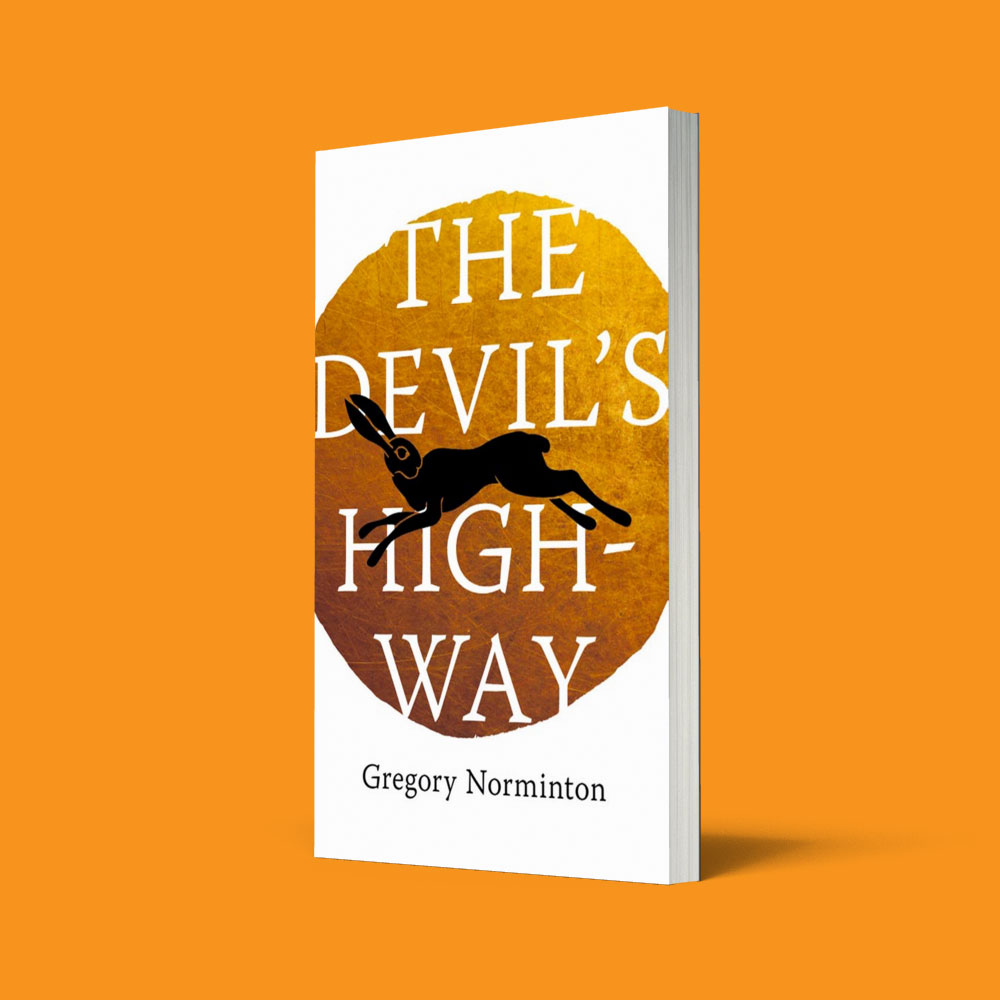
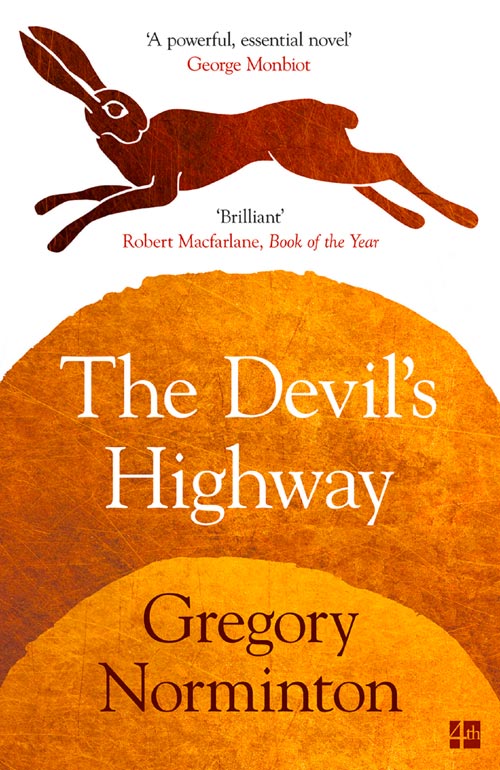
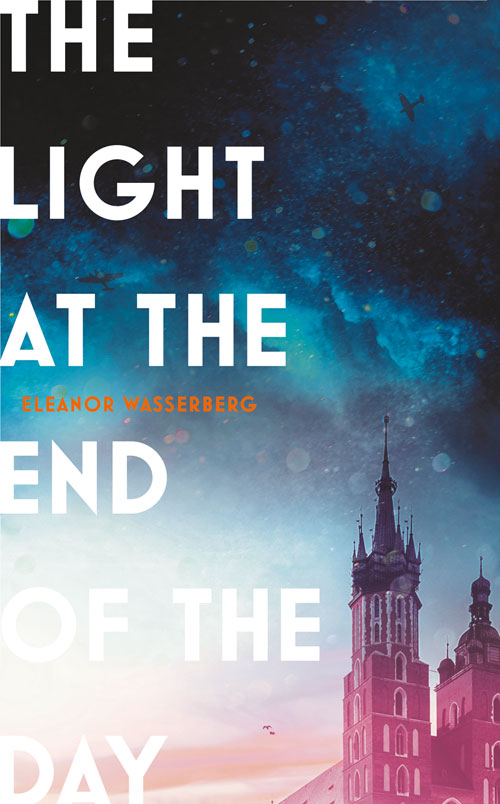
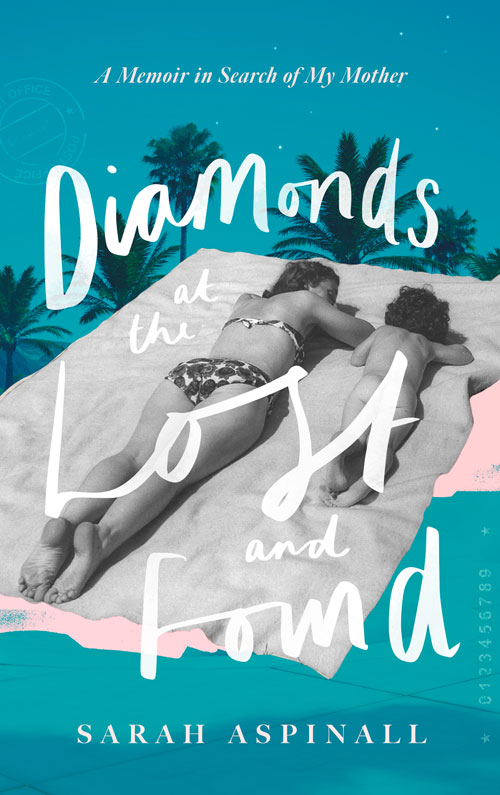
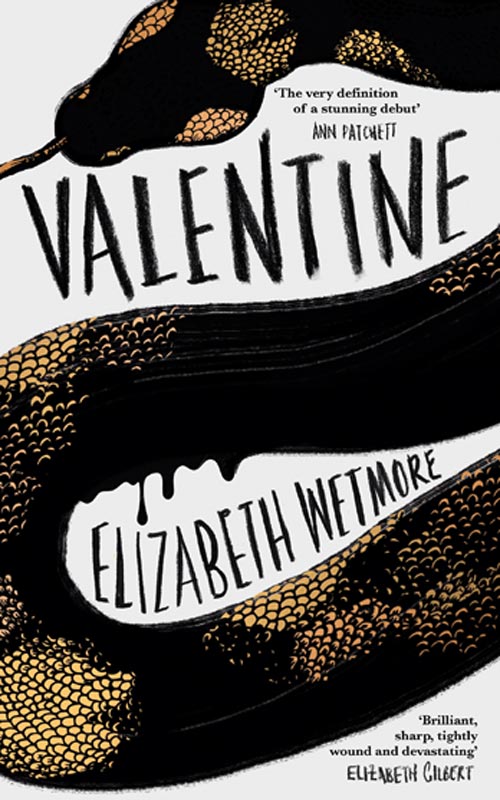
4thestatebooks